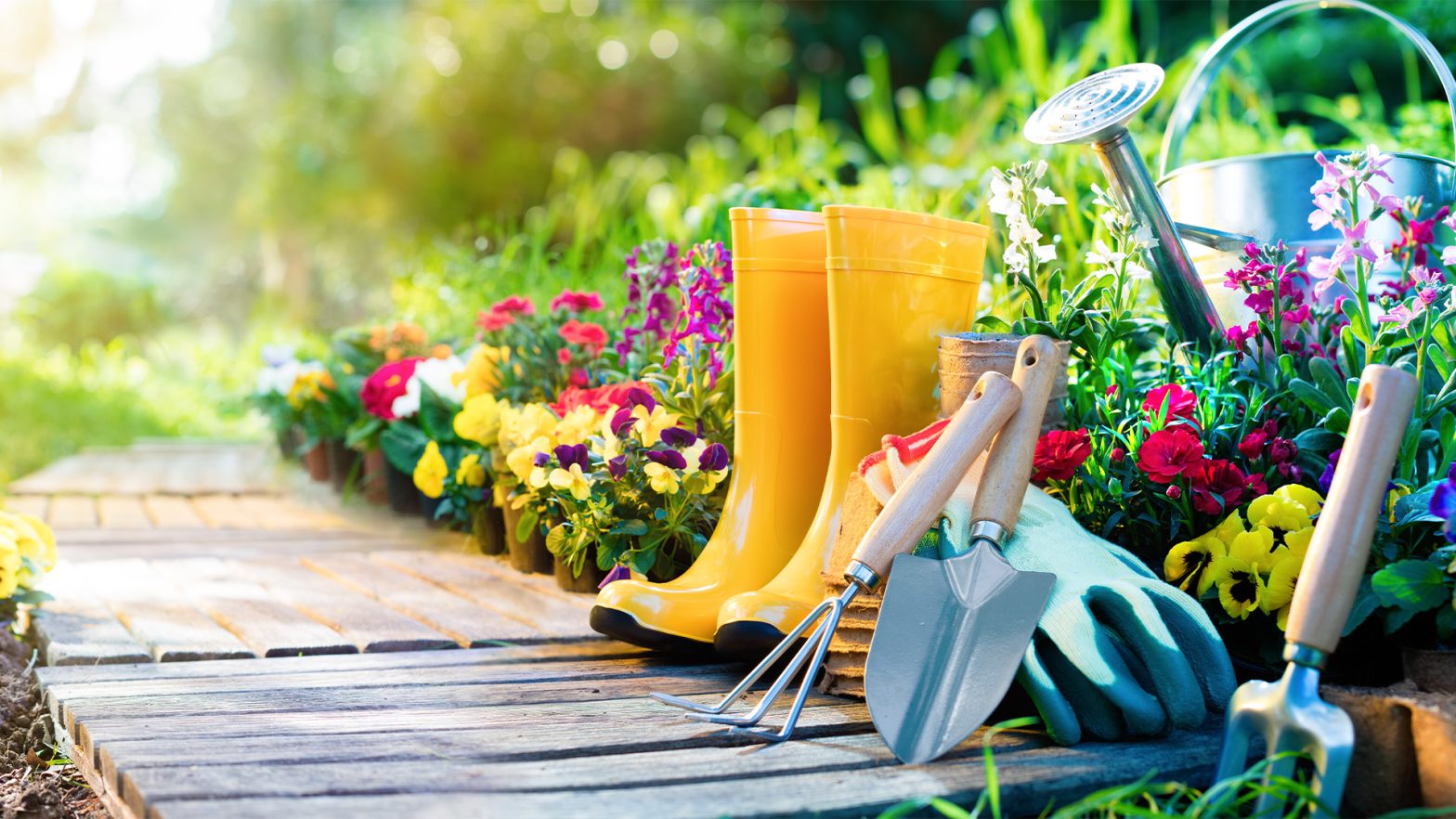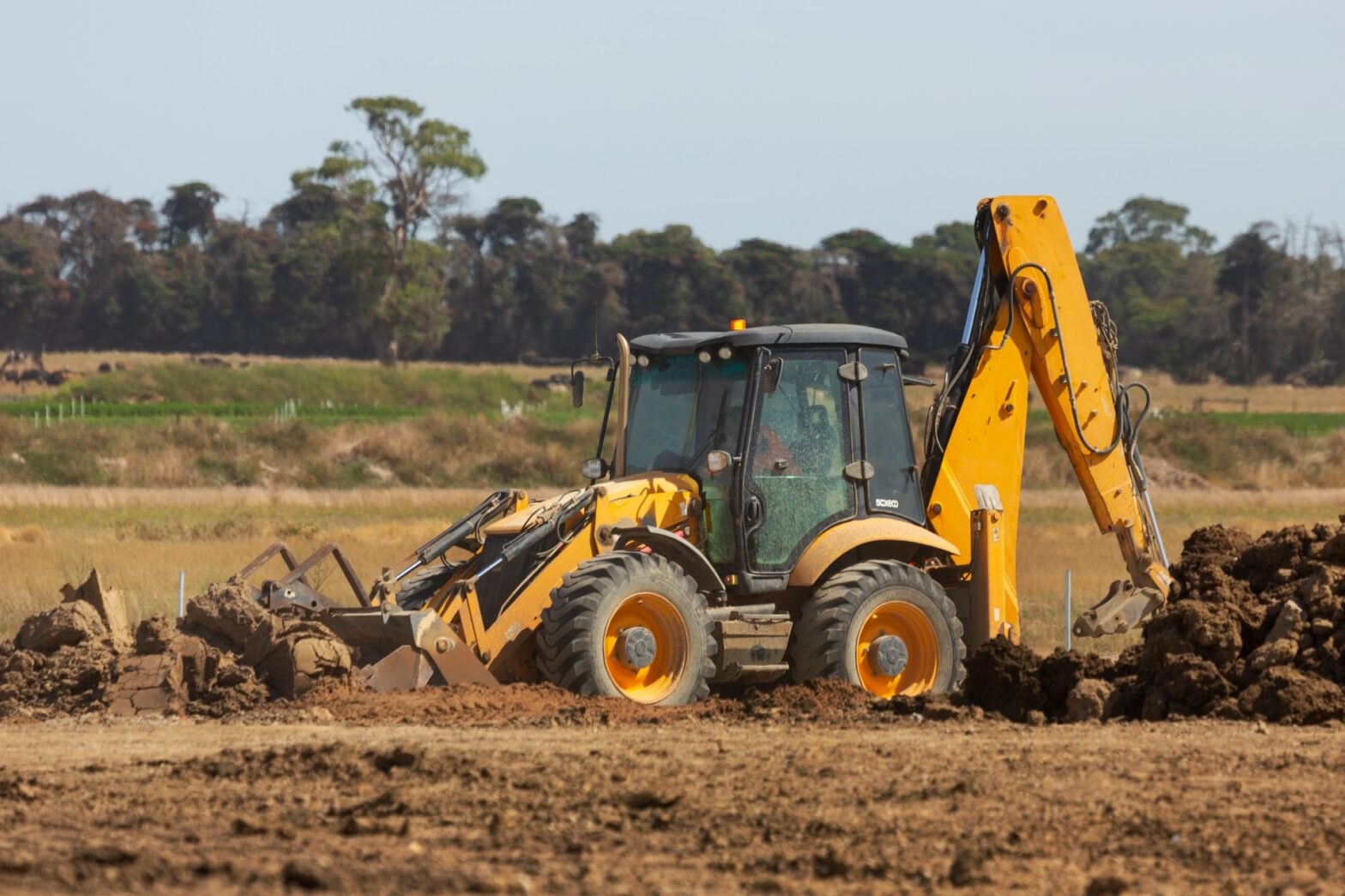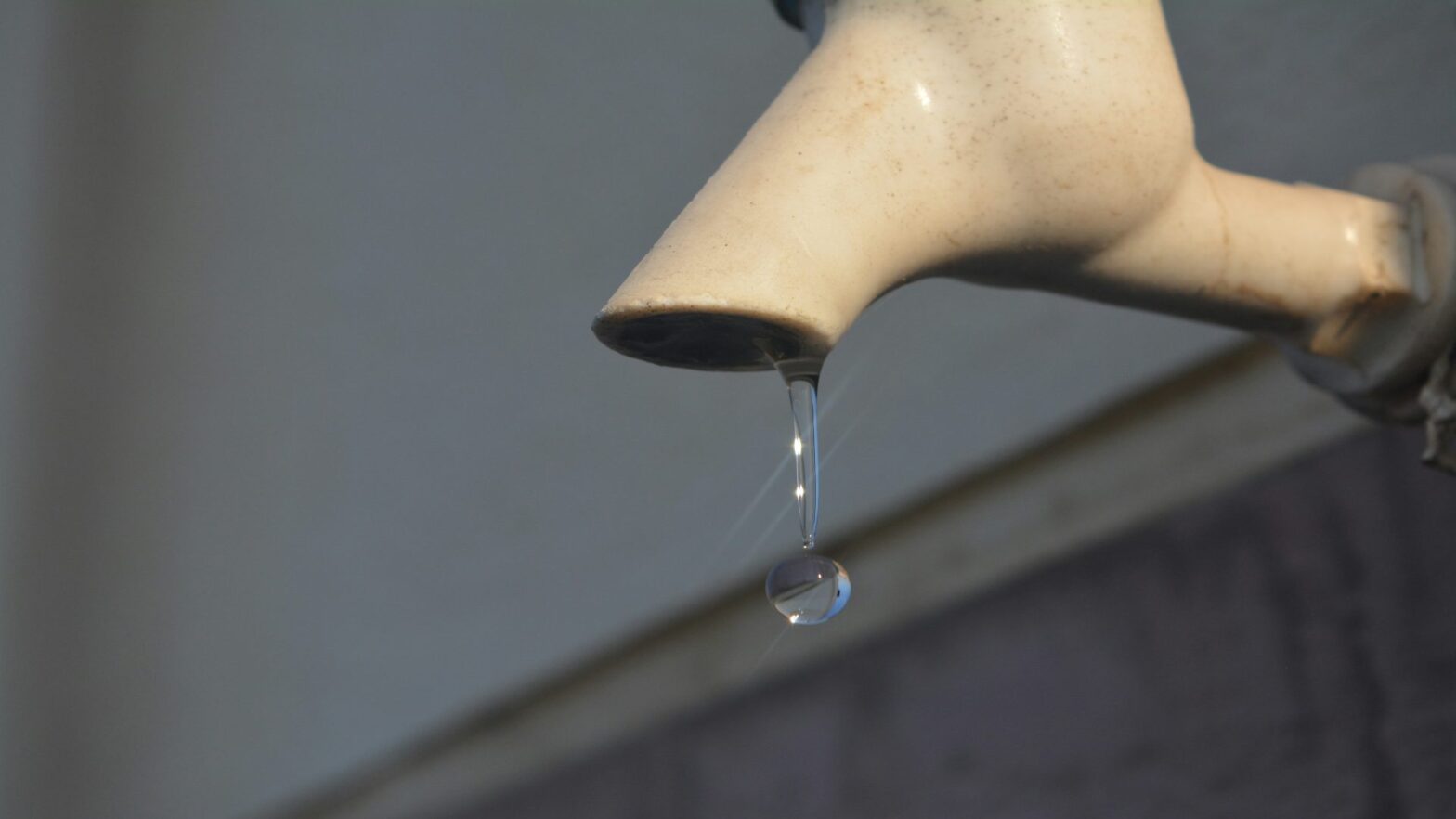
Spring is right around the corner, and soon, we’ll be able to start enjoying the outdoors more often. If you have a garden at your home, it’s important to make sure your garden is fully ready. There are a few things you can do now to make sure your garden is ready for spring.
Gardening expert Harry Bodell at PriceYourJob.co.uk has created this guide on how to prepare your garden for spring. By following these tips, you can ensure your garden is fully ready for the warmer weather. That way, you can start enjoying your garden as soon as the weather allows it.
Get Your Summer-Flowering Bulbs and Seeds
It’s a good idea to order your summer flowering bulbs and seeds now. Flowers such as gladioli, lilies, and ranunculus can be ordered during the winter and are ready to be planted in early spring.
You can purchase bulbs and seeds at your local gardening centre or online. These bulbs and seeds can be planted as soon as the weather starts turning.
Install Decking
If you would like to enjoy decking in your garden during the summer, now is a good time to get this work completed. It’s best to get it done before the weather turns so that you can enjoy it for as long as possible.
There are many different types of decking that you can choose from. Whether you choose composite decking or wooden decking, it’s always a great addition to any garden.
Tidy Flower Beds and Borders
Tidying up your garden before spring is essential as it will make your garden look much better and will also make it easier for you to get right into your gardening chores as soon as the weather turns.
Remove leaves from flower beds and borders and cut back any old or dead growths. Clear your borders and beds back to bare soil ready for planting. Remove as many weeds as possible and treat your garden to prevent new weed growth.
Sow Seeds That Need a Longer Season
During January and February, you can start sowing seeds of plants that need a longer growing season, such as antirrhinums, aubergines, peppers, and geraniums. They will need to be started in a propagator or something similar to ensure they get proper growth.
Having a good range of plants, flowers and vegetables in your garden is great if you want to keep your garden interesting.
Install Artificial Grass
Artificial grass is perfect if you prefer a low-maintenance garden. This type of grass comes in many shades and varieties. It’s relatively easy to install and requires little to no maintenance. It also looks great all throughout the year.
Another great thing about artificial grass is that you don’t have to worry about mowing. Your grass will always look great, no matter what.
Hunt and Remove Garden Pests
Now is the time for hunting down and removing hibernating pests. This will help to save you a lot of time and effort when spring comes around. Look closely at the crowns of your perennials and check for snails, slugs, and aphids that may be sheltering during the winter.
If you haven’t cleared last year’s pots of summer bedding, you should do this now. Look out for white-vine-weevil larvae. These live in compost and fall on the plant roots. Remove and destroy any larvae that you find.
Start Collecting Rain Water
Install a water butt in the garden during the winter season to make the most of the rainfall. Most of the year’s rain falls now, so it’s the best time to start collecting it. Harvesting rainwater is essential as it helps with environmentally friendly gardening. Summer often brings water shortages and hose pipe bans. You won’t need to worry about that if you have a collection of water at hand to spread over your plants.
Rainfall is the best type of water for plants, as tap water is often slightly alkaline. Position your new water butt underneath your downpipe so that you can collect as much water as possible.
Move Your Deciduous Shrubs
Deciduous shrubs can be moved now while they are still dormant. Move them on a still day to prevent any wind from drying out the roots.
Simply dig a circular trench around the shrub and try to take out as much of the root ball as possible so that it can easily re-establish itself in its new location quickly. When you replant the shrub in its new location, place it at the same level that it was previously in the soil. Make sure to water it well when you’ve replanted it.
Clean and Sharpen Your Gardening Tools
Give your gardening tools a good clean now and sharpen them so that they’re ready for the spring months. Maintaining your garden tools helps to preserve them. This will help you save money in the long run and will also help to prevent the spread of disease.
Use hot water and a strong detergent, and use a scourer to give your bladed tools a thorough clean. Sharpening the gardening tools will improve their performance, making it easier for you to complete essential gardening chores when the time comes. Once you’ve sharpened them, apply some WD40 to the blades and hinges to improve their performance.
Final Thoughts
As you can see, there are several things that you can do now to prepare your garden for spring. By completing these tasks in the winter, you will be ready to take on your gardening chores and start enjoying your garden as soon as spring comes around.




























